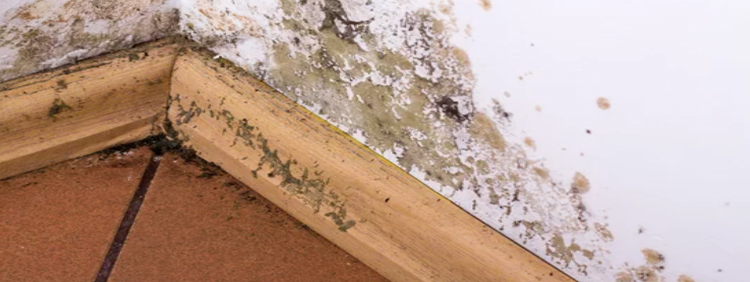Milton Pest Control: Does Water Damage Attract Carpenter Ants?

Every homeowner experiences water damage now and then. The wooden planks of your deck or the frames around your windows, for instance, may become water-laden and soft over time. At first, these issues may seem non-emergent, but they can lead to an even more serious problem. Namely, moist wood attracts carpenter ants. Consider a few key facts that may help you better understand the severity of the damage these ants can cause and how you can keep them away from your home.
The Lifestyle of the Carpenter Ant
Carpenter ants, like other ants you may encounter from time to time, live in colonies. These groups consist of one queen and many workers. The workers, however, may leave the parent colony to form a satellite colony nearby. Instead of nesting underground like some ants, carpenter ants prefer to live in wooden structures. In the wild, they might select a fallen tree as a home. Moist wood is especially alluring to carpenter ants.
To build a nest, carpenter ants begin forming tunnels inside a wooden structure. Unlike termites, the ants don’t actually eat the wood, they simply bite off a bit of wood and spit it out onto a nearby pile.
Unfortunately, carpenter ants often choose to build their nests in soft, rotting man-made structures. Outdoor furniture, the siding of your house, your deck, your shed, and your edging could all fall prey to these ants. The tunnels carpenter ants leave behind are undesirable for aesthetic reasons, but they can be quite dangerous as well. If the ant infestation is extensive and long-lived, important structural elements of your home could be weakened.
Identifying Carpenter Ants
Carpenter ants infestations are somewhat easy to identify once you get an up-close look. Take a peek into any tunnels you see and determine whether the walls are clean or muddy. Carpenter ants dig smooth, open tunnels, while termites scatter mud. You may also see small piles of what looks like sawdust. These piles will be near the tunnels and are made up of the wood the ants have spit out.
If you get the chance to see an actual ant, there are a few physical traits you should look for. Carpenter ants are usually black and are much larger than your average picnic ants. They also have two sets of wings and a slender waist, distinguishing them from termites.
Preventing an Infestation
One of the best ways to prevent an infestation is to get rid of any materials that are enticing to carpenter ants. For example, you should replace sections of rotting wood as soon as you notice the problem. If your property is experiencing water drainage issues, these may also need to be addressed so the water damage doesn’t continue.
Additionally, it’s important to reduce the number of ways ants can reach your home, especially the interior. For instance, you should relocate stacks of firewood so they sit well away from your house and not up against the siding. You may also wish to trim back tree branches that rub against buildings. Perhaps most importantly, keep your home tightly sealed. Check your weatherstripping, window seals, and other crevices to ensure ants cannot squeeze their way in.
Giving Carpenter Ants the Boot
If a carpenter ant infestation has already taken root on your property, be sure to reach out to your local Truly Nolen right away. Our technicians are skilled at completing carpenter ant removal, as well as identifying factors that may have led to the issue in the first place. Our strategy targets not only the carpenter ants living on your property but also any related nests that belong to the colony. Call us today to learn more about our approach to pest control in Milton.